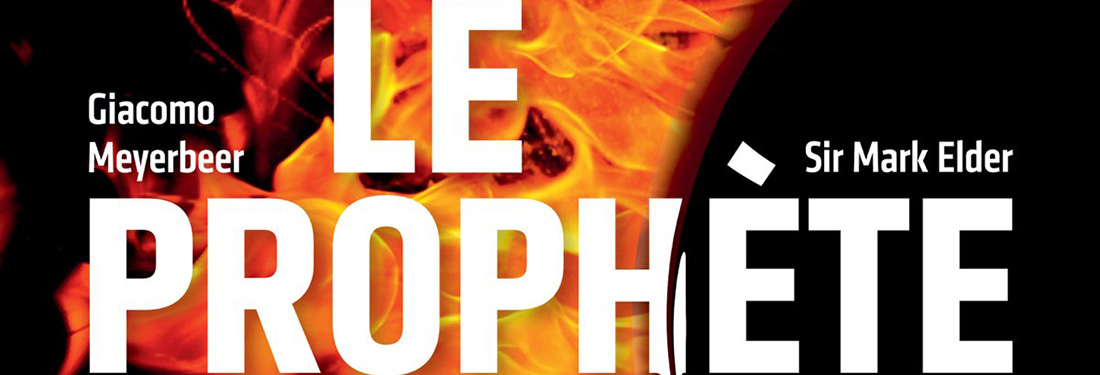

This included, according to the press release, highlights from Wagner’s Tristan und Isolde with Ms. Norman singing not only the Irish princess but her confidante, Brangäne, as well. I practically swooned and had to call for my smelling salts.
Yet the announced release date was pushed forward again and again. From October (just in time for Christmas, Mom!) to June ;21 (my birthday’s July!) to September (Ach, September, ja!) until the fellow members of my Jessye Facebook fan page were positively apoplectic and bitter.
But nay this was not the first time La Jessye had left me forlorn and abandoned. After the extraordinary success of the studio Lohengrin in 1985 with Placido Domingo led by Sir Georg Solti it was only natural for Decca to entertain fantasies of a reunion of the three for Wagner’s Tristan.
British Opera sounded the death knell for that project in the mid-90’s saying that La Norman had decided the rehearsal schedule was far too short for her to commit such a demanding role to disc for posterity. I wailed for weeks like a Greek widow coming back from the funeral, “Why, Jessye, why?!?!” Solti passed in ’97 and Placido finally got his Tristan recording in 2005 at the tender age of 64.
Yet in March of 1998 Jessye Norman actually went into the studio to record “highlights” from Tristan with the Gewandhausorchester and Kurt Masur. Maestro Masur had led Jessye’s famously titanic recording of Strauss” Vier Letzte Lieder in ’82 (which sold umpty-thousands of copies and made me her disciple) and her equally colossal Ariadne auf Naxos a few years later. But by 1998 the career was winding down to mostly recitals and special events and she hadn’t had a staged performance at the Met since her Emilia Marty in Janacek’s Makropulos Case in February of ’96.
Her last performance on that stage came at the 25th Anniversary Gala for James Levine in April of that year where she sang Berlioz’s “D’amour l’ardente flamme” in a reading that someone didn’t like enough to include on the 2-DVD Deutsche Grammophon commercial release. I remember no-shows were rife on the day (Pavarotti, Freni, Stratas, Berhens, Horne, Bartoli, Heppner) but I don’t recall anyone else not making the final cut on the video.
To the great relief of my bank account Decca finally issued a revised plan last year to publish just the three discs of unreleased material which, by that time, felt like the happy ending to a hostage crisis. So now we have Jessye Norman; The Unreleased Masters. So welcome, beloveds, to the Jessye Norman Memorial Museum. I’ll be the docent for your tour today.
Packaged in stylish French-cigarette-case fashion we have the three discs in environmentally friendly slipcovers and a lovely shiny booklet with essays by Cyrus Meher-Homji, Senior VP of Universal Music Australia, Costa Pilavachi former head of Artist & Repertoire for Phillips Classics, and British journalist George Hall. All do a good job of lending credence to the project at hand whilst tiptoeing gently and candidly, in the most reasonable fashion, about why the included performances were never brought to market till now. “Perfectionism” is the most common stated reason and it’s certainly a believable one once you’ve sampled some of the tracks.
Disc three is the most easily dispatched, consisting of three pieces recorded in tandem with concerts given by the Boston Symphony Orchestra under Seiji Ozawa in March of 1994 . It begins with Joseph Haydn’s Scena di Berenice. The next month Ms. Norman would open her televised concert, Women of Legend, Fantasy, and Lore from Lincoln Center with the same piece and the performances are much the same.
Having recorded Haydn’s Armida earlier in her career (with a magnificent cast) she’s certainly familiar with the style. She’s very strong in the recitative lead-up we also find ourselves gifted with two delicious little trills in the cavatina even if later the more florid moments tend to be blurred.
A second go at Hector Berlioz’ La Mort de Cleopãtre, which she recorded under Daniel Barenboim 13 years previously, follows. It doesn’t necessarily suffer from comparison but the interpretations vary more from the conductor than the singer. Barenboim brought a near Wagnerian size and lushness to his recording which Ms. Norman easily matched in her youthful prime.
Common enough at the time, by the 1990s most conductors were going for a leaner, more transparent sound in Berlioz as does Ozawa here. In the exciting phrases leading up to her ecstatic, “M’élançai triomphante aux rives du Cydnus,” there’s some pitchiness on high and the audio mix, which Ms. Norman apparently objected to, doesn’t seem to be doing her any favors. I kept wishing the engineers would back up just a wee bit and give that voice some space. Still the two performances make an interesting set of bookends.
The disc closes with Benjamin Britten’s cantata Phaedra. It’s a challenging piece to my ear with its rangy vocal line and overly percussive accompaniment. I think she does well enough by it and her diction in English is exemplary as always.
Disc two presents us with two recordings made with the Berlin Philharmoniker under James Levine: Richard Strauss” Vier Letzte Lieder from May of 1989 and Richard Wagner’s Wesendonck-Lieder, in the familiar orchestration of Felix Mottl, from November of 1992.
In the Strauss there’s tumultuous applause at her entrance. Once again she’s competing with herself but from just seven years earlier. She gets off to a bit of a rough start in the opening “Fruhling” with there’s a preponderance of straight tone up on high. Levine is surprisingly muscular in spots, as are the horns, but things soon settle down.
The Masur version is a hot-house tomato no doubt but it’s certainly nice to hear her live in this piece. The liner notes say that Ms. Norman was displeased with her performance of one of the songs and my guess would be it’s the first. I also have to say that there is a distinct audio “glare” on this recording at times that’s very un-Deutsche Grammophon which also might have been part of her reluctance.
I should mention that I listen to music mostly from CD’s on a very good set of over-the-ear headphones which certainly can magnify imperfections. Unsurprisingly streaming the same music on the baby Bang & Olufsen speakers built into my laptop betray far fewer failings. Mme. Norman spoke on more than one occasion about how you don’t get the full dynamic range of classical music from streaming and I am her disciple in this as well.
The performance of the Wesendonck-Lieder is by far the hidden treasure on this release. Ms. Norman first recorded them in 1970 to Irwin Gage’s piano accompaniment and then again with Colin Davis and the London Symphony in 1975 which was coupled with her first Liebestod. In his liner notes for this release Mr. Meher-Homji mentions a studio recording under Klaus Tennstedt and the London Philharmonic made in 1987 but I think he’s referring to her Wagner recital album which did not include the song cycle and it’s just a case of bad editing.
This is the ravishment we were all hoping for. 1992 may not have been a vintage year for Ms. Norman but she was certainly in stunning voice that evening in Berlin and these songs show her at her best advantage. That gorgeous thick-as-molasses tone and her beautiful German diction are all much in evidence. Uncle Jimmy knows how to conduct Tristan so he’s in his element here with the Philharmonikers and I don’t think anyone puts a foot wrong. The “Traume” is especially potent. It’s honestly like the years just melt away.
I remember my first Jessye Norman recital and I attended with my voice coach and she warned me that the bottom of the voice was far larger than the top. I believe Ms. Norman was a true “Falcon” dramatic-soprano. Of course as time’s winged chariot rode on her top did become less assured and there was a disconnect from the rest of the voice at times which is not uncommon with age. Yet it also explains why she favored the sing-song tessitura of Strauss and the lower declamations of Wagner.
Which leaves us with Disc 1 and I’m afraid that here some hearts will be broken. But I come to praise Jessye, not to bury her. Recorded over seven sessions from March 19th thru the 1st of April “98 the excerpts from Tristan include the orchestral Prelude, the introduction with the young Seemann (Ian Bostridge) and then the conversation between Isolde and Brangäne through to his second strophe. We then get the Narration and Curse and then nearly a half hour of the Liebesnacht from Act II (with cuts) finishing off with the Liebestod.
This was her first attempt at Act 1 anywhere as far as I can tell and in the opening dialogue with Brangäne she doesn’t really seem to have a focus on the character. Hanna Schwarz is an experienced Brangane and she certainly helps things along. Then the Narration starts and Ms. Norman has absolutely refocused her energy and found her command. Parts of it are as exciting as you want them plus her diction is set for stun.
Yet as the piece builds towards its climactic phrases (and there are many) nearly each successful phrase is followed by one less so and everything at the very top is under pitch. Her snatched “Rache!” may be the only (nearly) ugly noise I’ve ever heard come out of that throat.
The excerpts from Act II are much the same with the ecstatic cries of “Tristan! Geliebter!” sadly missing their mark. I also have to say that she deserved a better partner than Thomas Moser because he’s made of cardboard. The eternal problem with this opera is that you rarely ever get two evenly matched singers at the same time in a generation. His voice is steady but unexciting.
Yet they both pull off a fairly mystical “O sink” hernieder” with the tricky chromatics. Both the Curse in Act I and the Liebesnacht end abruptly and lack a concert finale which is disappointing and was perhaps meant to be tacked on later (?).
Ms. Norman did perform all of Act II on at least one occasion at Tanglewood in 1981 with the Boston Symphony under Ozawa with Jon Vickers as her Tristan.. She was 36 and Vickers was 55 and although there are moments where both of them are overparted it’s an exciting assumption. She’s especially breathtaking before she extinguishes the torch.
The Liebestod doesn’t honestly add anything else to her most documented Wagner assumption. She recorded it commercially three times; with Colin Davis in ’75 (clean but too early), and then twice in ’87; in the studio with Tennstedt and then live with Herbert von Karajan. However, for me nothing tops Mehta and the opening concert of the NY Phil from 1989. Here under Maestro Masur muscle memory carries the day and I must admit the final phrases are all glorious
The opening essay in the booklet mentions still unreleased recordings of Mahler’s Kindertotenleider and Ruckert-Leider under Claudio Abbado with no reason for their exclusion here. Still no DVD release of the Hohenems recital though it is available audio only. They also finally put paid to one of the great urban legends of opera recordings which was an Elektra with Ms. Norman in the leading role co-starring Cheryl Studer and Helga Dernesch also under Abbado, which never took place.
So this is definitely a mixed bag. Jessye Norman was a fierce communicator with a voice, at its best, of staggering opulence. I’m happy to have this set finally among my collection, warts and all, as a souvenir of this great performer.

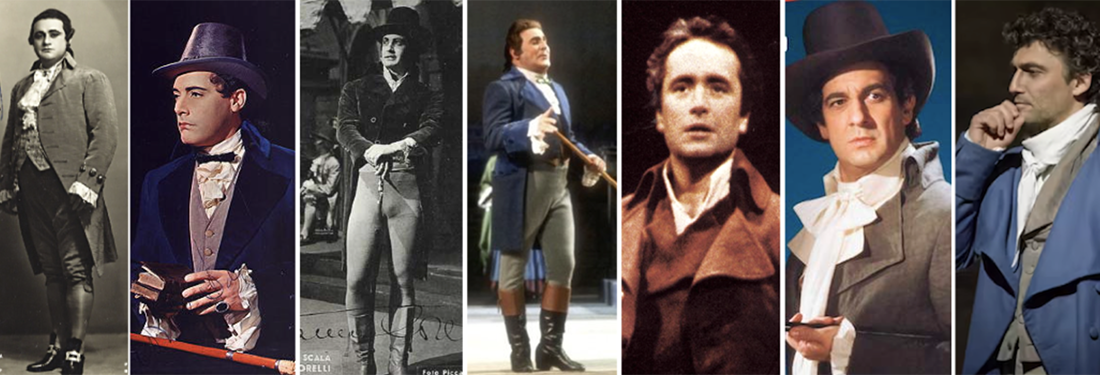
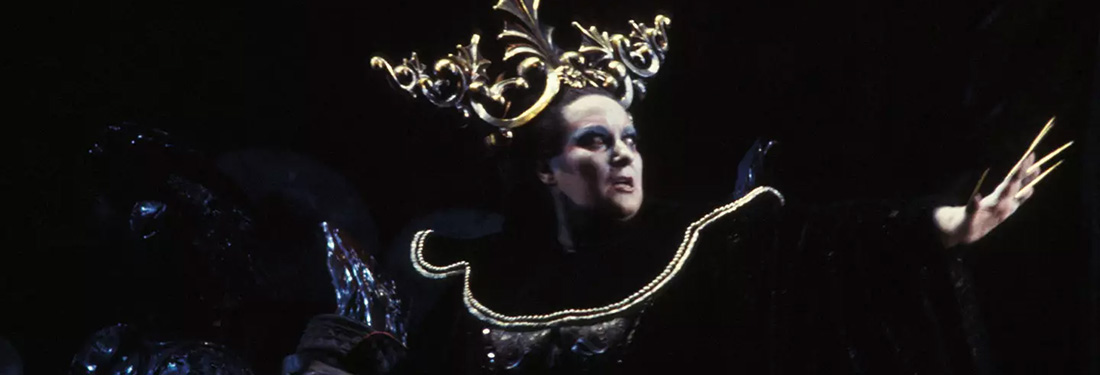
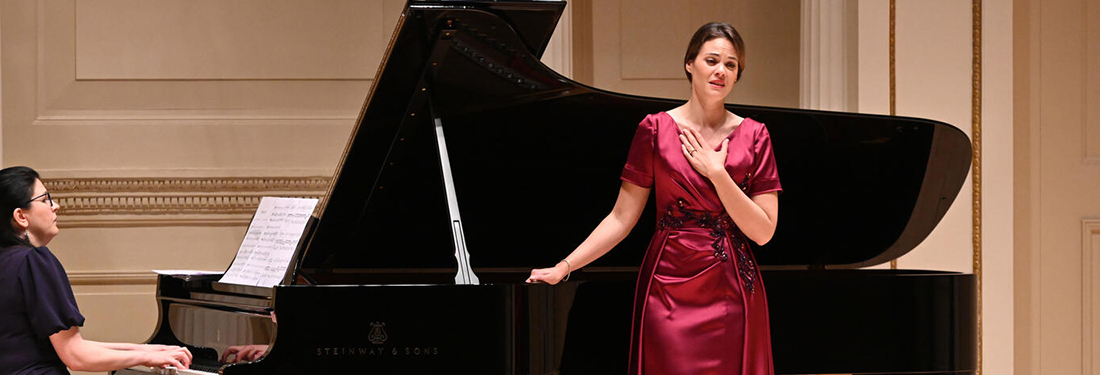

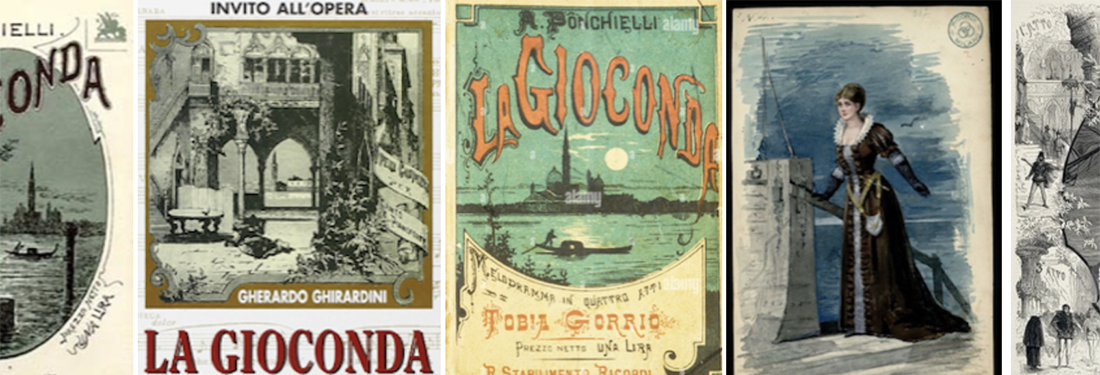
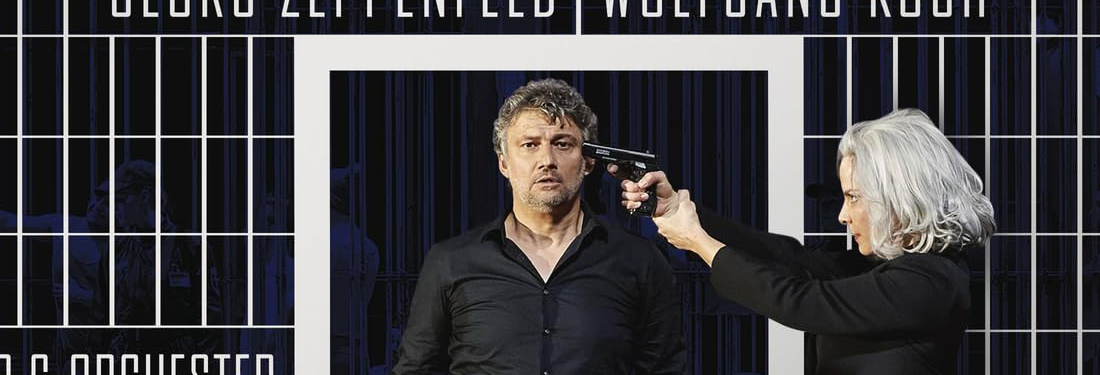
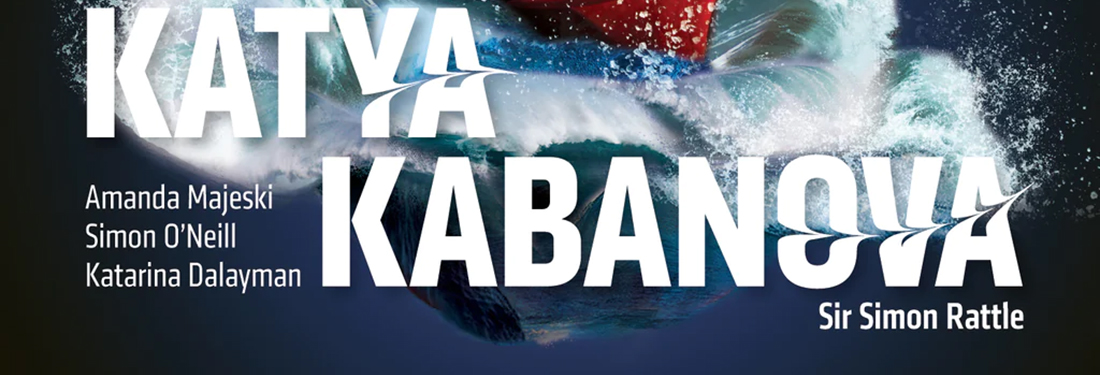
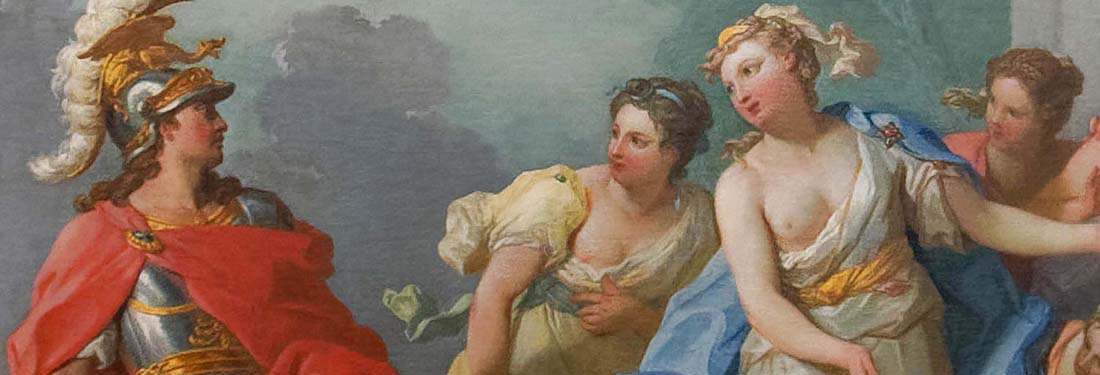
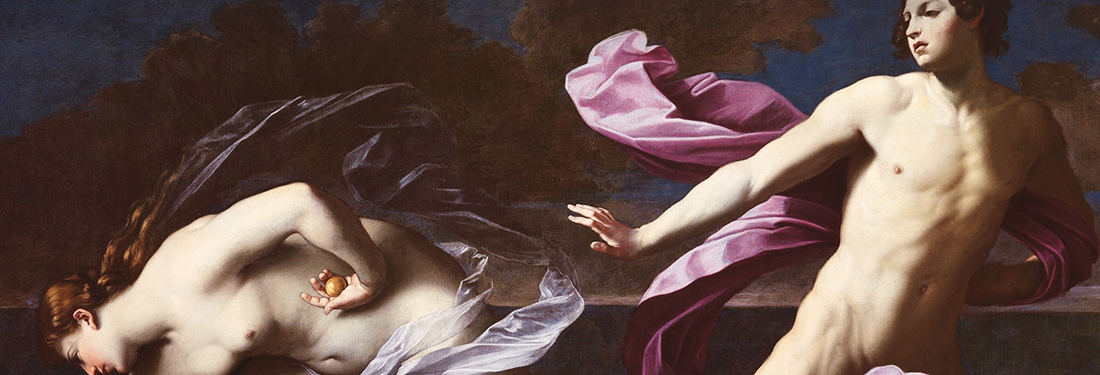
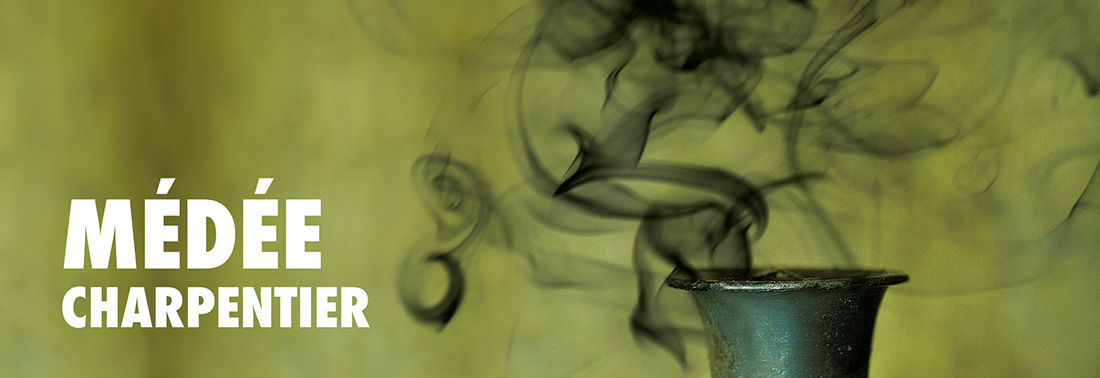
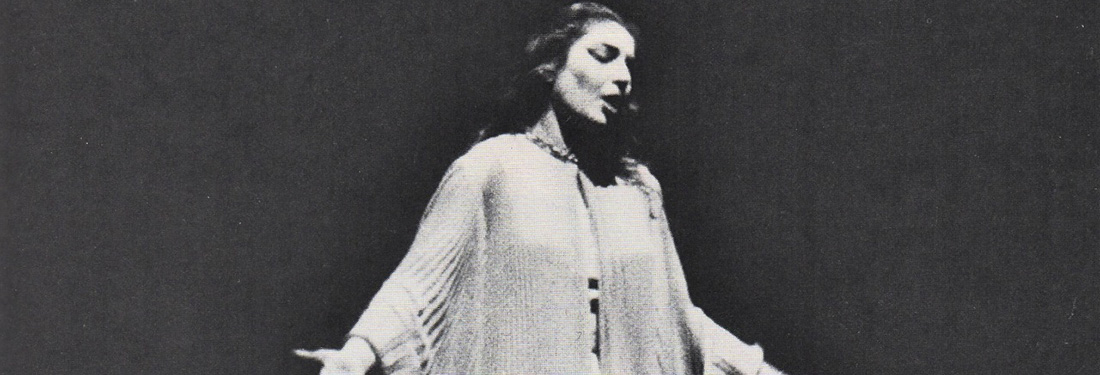
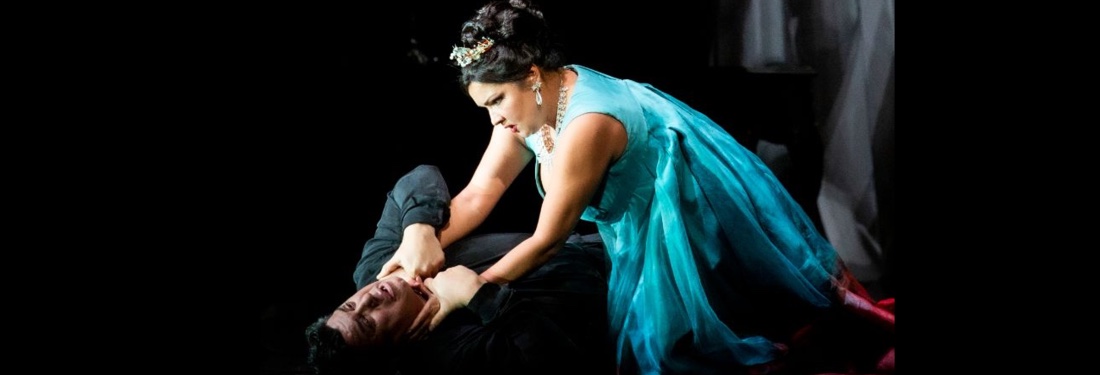







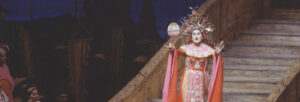
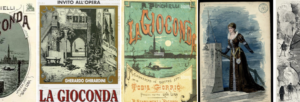



Comments